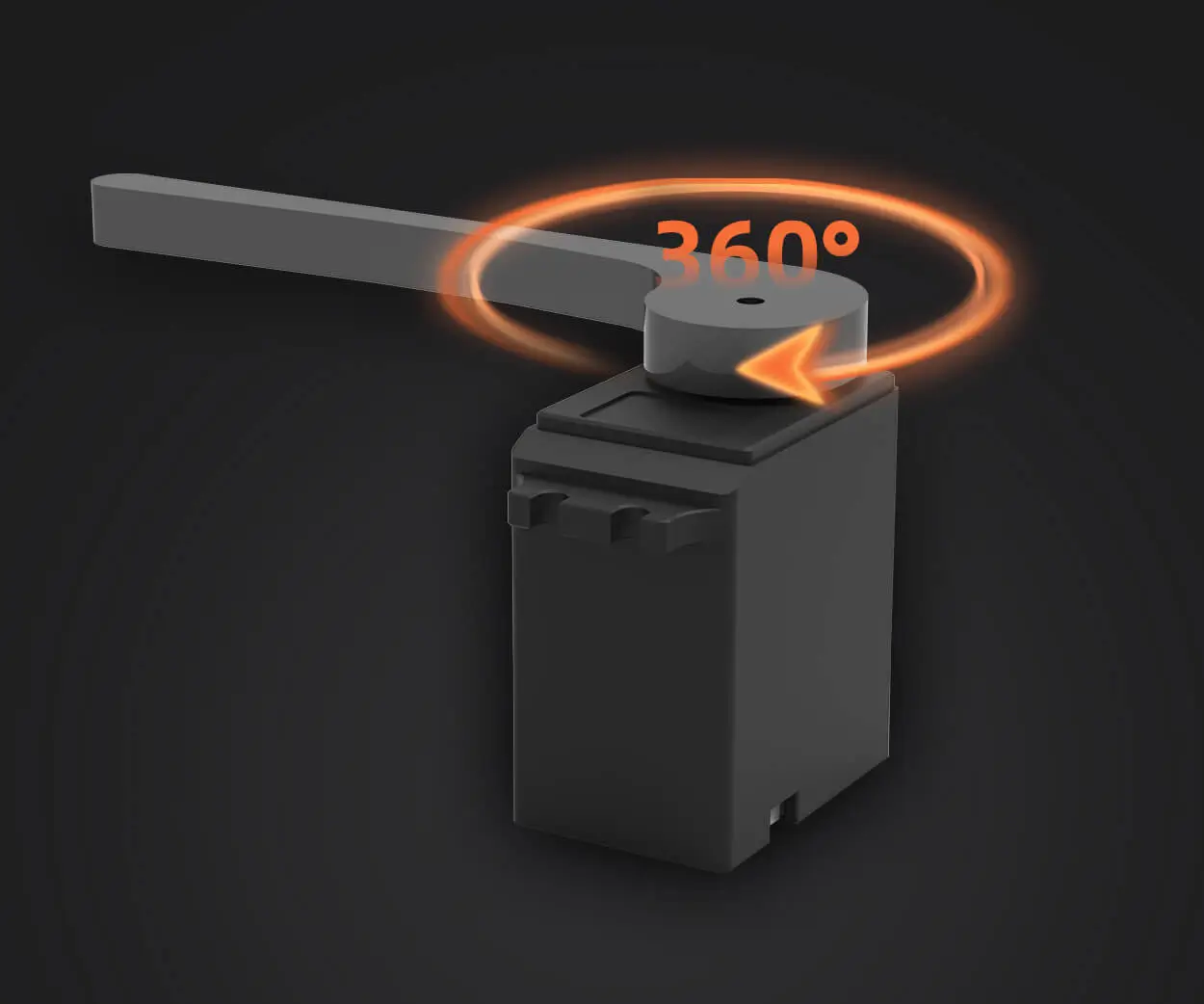Imagine a world where machinery hums in perfect harmony, every movement deliberate and precise, almost as if choreographed for perfection. This isn’t just a dream—it's increasingly becoming the reality in industrial landscapes thanks to the remarkable capabilities of low RPM gear motors operating at 120V.

The essence of low RPM gear motors At their core, low RPM gear motors are designed to deliver power at extremely controlled, slow speeds. Unlike standard motors that run at higher revolutions per minute (RPM), these specialized motors operate at a fraction of the speed, gaining their finesse through sophisticated gear reductions. The result? An exceptional level of torque and precision that is unmatched in many applications.
What makes the 120V variant especially attractive is its compatibility with household and industrial power supplies, making them more accessible and easier to integrate into existing systems. That voltage level, common in North America and many other regions, forms a perfect foundation for building robust, reliable machinery that requires gentle handling, careful positioning, or delicate operations.
Why choose low RPM gear motors? Most think of motors as simply sources of rotational energy, but in reality, they’re versatile tools capable of performing nuanced tasks. The low RPM gear motors stand out for several reasons:
Enhanced Precision: They deliver controlled, smooth movements, making them ideal for applications where accuracy matters—like robotics, medical devices, and laboratory equipment.
High Torque at Low Speeds: A big advantage is the ability to produce substantial torque even at very slow speeds, which is vital for lifting, pressing, or turning heavy loads gently and precisely.
Reduced Wear and Tear: Operating slowly reduces mechanical stress, resulting in longer lifespan and lower maintenance costs, especially when paired with high-quality gearboxes.
Energy Efficiency: At lower speeds, these motors make smarter use of electrical power, reducing waste and operational costs over time.
Construction and principles of operation Primarily, low RPM gear motors consist of a standard electric motor coupled with a gear reduction system—think planetary gears, helical gears, or worm gears—designed to slow down the RPM while boosting torque. The motor itself is often a universal or split-phase induction type, optimized for continuous operation with reliable performance.
The gearboxes are crafted with precision engineering. Their internal gears have tight tolerances, ensuring minimal backlash and slippage. This means pinpoint accuracy—not just in rotational position but also in the overall movement pattern. The gear ratio selected determines the final speed and torque output: for example, a 50:1 gear ratio transforms a 120V motor running at 3000 RPM into a slow 60 RPM with a significant increase in torque, suitable for applications needing careful control.
Applications that thrive on low RPM gear motors If you look at the broad spectrum of industrial and commercial machinery, you'll notice an increasing reliance on these versatile motors:
Automated Door Systems: Low RPM gear motors enable smooth, slow, and controlled opening and closing, enhancing safety and user experience.
Conveyor and Assembly Lines: Ensuring gentle handling of fragile products, slow gear motors facilitate precise positioning and minimal shock impact.
Medical and Laboratory Equipment: From surgical devices to laboratory robotic arms, these motors provide the accuracy required for delicate procedures.
Robotics: Many robotic joints and actuators depend on low RPM gear motors for smooth, incremental movements, critical for complex tasks.
Agricultural Machinery: Slow, powerful movements are used for planting, harvesting, or sorting, where gentle handling is essential.
Material and durability considerations For industrial use, durability is king. High-quality low RPM gear motors crafted with sturdy materials like cast iron and reinforced plastics help withstand harsh environments. Sealed enclosures prevent dust, moisture, and debris from damaging internal components, prolonging lifespan. Additionally, many models now incorporate thermally protected motors and corrosion-resistant gears, ensuring consistent performance even under demanding conditions.
The rising demand for 120V low RPM gear motors As automation spreads and precision becomes paramount, these motors are witnessing a surge in popularity. Their compatibility with existing power grids and straightforward integration streamline many manufacturing processes. Moreover, as industries aim to reduce operational costs and increase safety, the dependability and fine-tuned control offered by low RPM gear motors at 120V make them a preferred choice.
In the next segment, we’ll explore specific industries that benefit from these motors, examine the technical features that set the best models apart, and offer guidance on choosing the right low RPM gear motor to match your needs.
Established in 2005, Kpower has been dedicated to a professional compact motion unit manufacturer, headquartered in Dongguan, Guangdong Province, China.




































